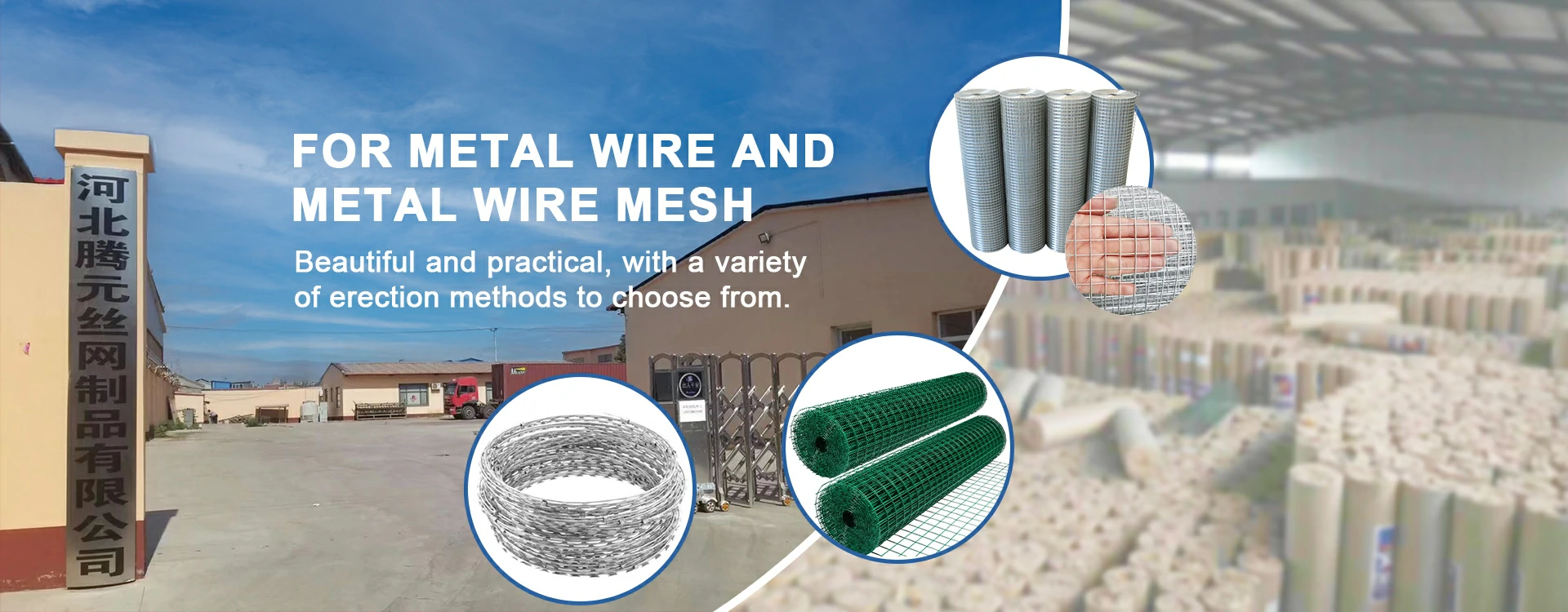 TEL:
+86-13102802206
TEL:
+86-13102802206
 Email:
fencenetting@china.com
Email:
fencenetting@china.com
 Language
Language
 TEL:
+86-13102802206
TEL:
+86-13102802206
 Email:
fencenetting@china.com
Email:
fencenetting@china.com
 Language
Language


The Makeshift Fence A Symbol of Resourcefulness and Resilience
In a world that often prizes perfection and permanence, there lies a certain beauty in the makeshift, the temporary, and the improvised. The makeshift fence serves as a poignant metaphor for resilience and creativity in the face of necessity. Often seen in rural settings or during times of crisis, such fences tell stories of those who have learned to embrace the art of adaptation.
Imagine a farmer living on the outskirts of a small town, faced with a sudden influx of livestock that needs to be contained. The usual wooden fencing is expensive and time-consuming to install. With limited resources and time pressing down heavily, this farmer learns to think outside the box. With an old tractor tire, some scrap wood, and a few lengths of barbed wire salvaged from previous projects, he constructs a makeshift fence. It may not be the most aesthetically pleasing or durable solution, but it stands as a testament to the farmer's ability to respond swiftly to a pressing need.
This scenario is not unique to agriculture. Makeshift fences appear in urban environments, too. A city-dweller might erect a temporary barrier to keep their dog safe in the yard, using materials such as discarded pallets, garden stakes, and fencing netting gathered from local hardware stores. Sometimes it's not even about building; it’s about redefining spaces. A community may come together to create a barricade during a local event, utilizing whatever is at hand parked cars, benches, and even blankets. In these instances, the makeshift fence becomes a community artifact, illustrating collective effort and solidarity.
The makeshift fence represents more than just a physical boundary; it signifies an adaptive mindset. People who build makeshift structures often find themselves in situations that require ingenuity. They are faced with challenges that necessitate quick thinking and resourcefulness—qualities that are often overlooked in a world focused on convenience and consumerism. In many ways, these makeshift creations echo the innovation prompted by necessity, a theme prevalent throughout human history.

Moreover, the makeshift fence can lead to unexpected connections among those who witness its construction. Neighbors might exchange tools or lend a helping hand, fostering a sense of community. As boards are nailed and wires are twisted, stories are shared, laughter erupts, and relationships deepen. In this concerted effort, the simple act of creating a boundary evolves into an opportunity for bonding and collective identity.
In a more abstract sense, the makeshift fence embodies human resilience. It serves as a reminder of our capacity to survive and thrive despite limitations. When faced with overwhelming odds, those who build makeshift barriers often do so with a flicker of hope, a belief that they can manage their circumstances, even if temporarily. The fence stands not just to keep certain things in or out, but as an emblem of perseverance—an acknowledgment of where we are versus where we aspire to be.
While the makeshift fence may be seen as a stopgap measure, it also invites us to consider sustainable practices. Communities often adopt similar methods when dealing with environmental challenges, utilizing recycled materials and repurposing what is available. This reflects a growing awareness toward sustainability, prompting a shift away from excessive consumerism and toward a more thoughtful, resourceful approach to living.
In conclusion, the makeshift fence is far more than a simple physical boundary. It symbolizes resourcefulness, resilience, and community connection. It reflects our capacity to adapt when faced with challenges and serves as a reminder that there is beauty in imperfection. In a world that constantly pushes for the new and the polished, the makeshift stands as a powerful testament to human ingenuity and the strength found in working together, even when the circumstances seem inadequate. Whether in the fields or the city streets, the makeshift fence will continue to resonate, reminding us that sometimes, the best solutions come from our ability to create with what we have at hand.